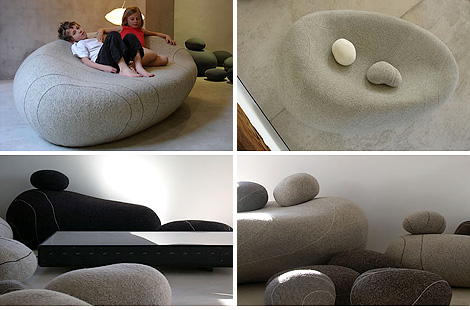For years now, the vast and beautiful landscape of our country has become more and more homogenized. Why does Maine have to look like Cincinnati? Why is it that more places are losing their unique identities or “sense of place” and looking more and more the same?
It started with this …

McDonald’s created the golden arches and they sprung up all across America and the world. Look at this map showing all of the McDonalds’ locations across the United States.

You can read all about this Here.
McDonalds was successful at branding itself and its image. It wasn’t long before others followed suit.
Hotels popped up everywhere.

Outlet Malls or “Factory Outlets” became in vogue all across the U.S. They were nothing more than themed strip centers but they have changed the face of our suburban landscape.

Auto parts stores grew like weeds side by side along our urban and suburban roads.

Perhaps worst of all – drugstores at every intersection. They pollute our major intersections everywhere, putting parking lots and ugly architecture front and center at so many traffic intersections across the American landscape.


Now, we have Starbucks and other drive throughs…

Dunkin’ Donuts …

and Panera Bread.

New ‘mixed use’ Town Centers have recently begun their assent across the American landscape. They have managed to combine all of these ‘upscale’ branded chains into centralized lovely “Main Street”-type settings, putting the pedestrian back on the sidewalks.
 Mayfaire Town Center, Wilmington, NC
Mayfaire Town Center, Wilmington, NC
 Bethesda Row, Bethesda, MD
Bethesda Row, Bethesda, MD
 Mercato, Naples, FL
Mercato, Naples, FL
Generally, they are large, well-designed and planned communities that combine mixed uses such as residential, commercial office space and retail shopping. Parks, landscaping, and outdoor promenades are incorporated to tie it all together in an urban streetscape-type setting. Hotels and corporate office buildings along with luxury townhomes and apartments and upscale “Charleston-style” single family residential neighborhoods are set in the surrounding areas. They are all connected by tree-lined streets and sidewalks. Large open, park-like gathering areas are mixed in to accommodate larger events such as boat shows and weekend concerts.
Finally, a setting where we are given the opportunity to live, work and recreate all within walking distance. Maybe there is hope, at least to put Americans back on the sidewalks instead of in the car.
However, I can’t help but lament all of this progress that has come at such great cost -- the loss of our regional sense of place or “genus loci.” Everything looks the same. How can we move forward and keep our unique regional spirit of place at the same time? This is a great challenge for all designers.












 Shanti Garden, Bronxville, NY
Shanti Garden, Bronxville, NY A Garden Path
A Garden Path Slate-framed lawn
Slate-framed lawn Tarrytown, NY Terrace
Tarrytown, NY Terrace Townhouse Garden
Townhouse Garden Westover on Hudson
Westover on Hudson


















